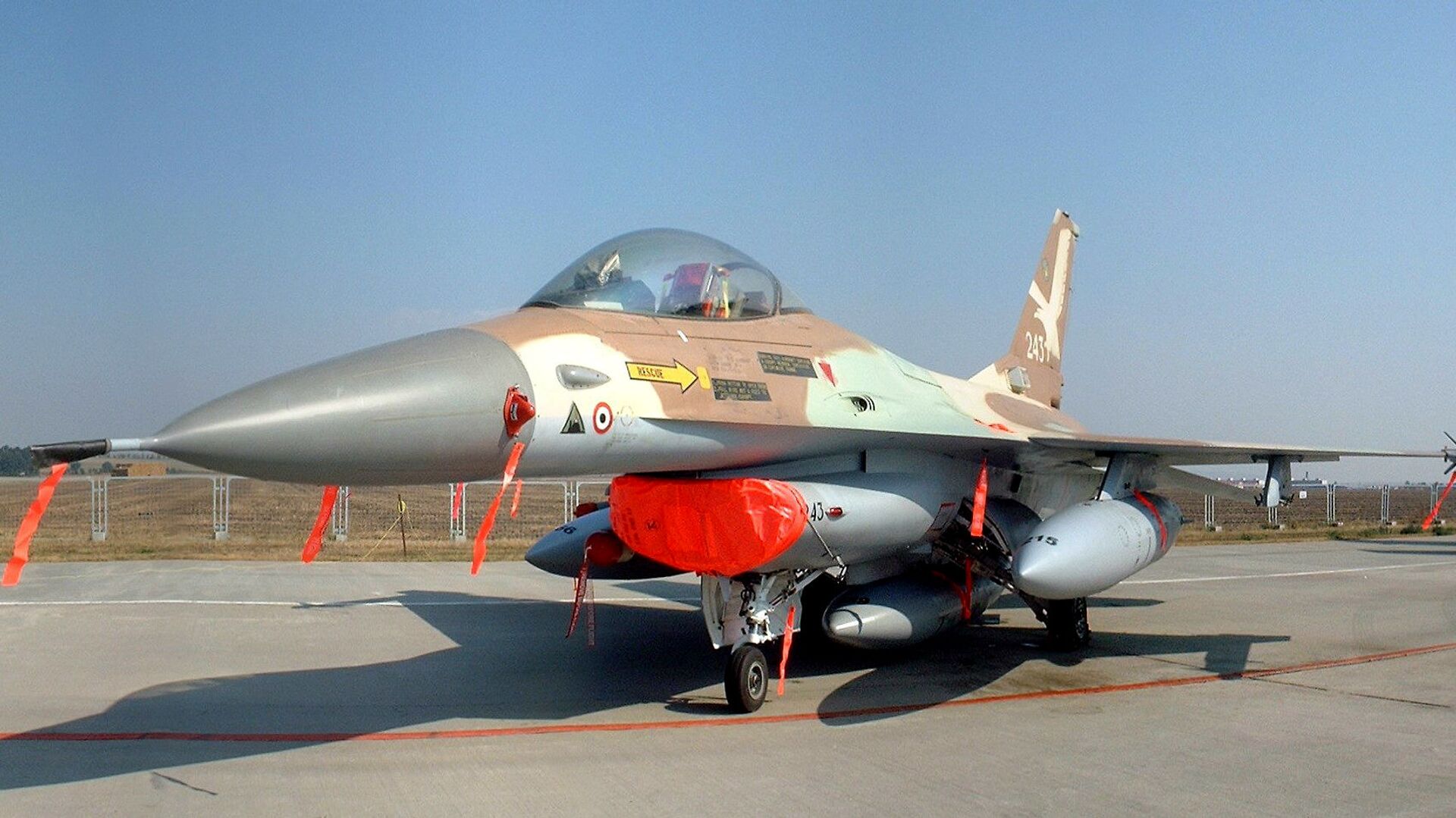Israel’s Strike Plans for Iran Could Take More Than a Year to be Fully Ready, Paper Claims
00:55 GMT 26.10.2021 (Updated: 00:56 GMT 26.10.2021)
Subscribe
As rumors continue to swirl in Israeli media about the repercussions of a new budget addition to prepare for a possible strike against Iran’s nuclear facilities, an Israeli paper has claimed knowledge that it could take more than a year to fully craft such a plan.
The Times of Israel reported on Monday that it “has learned” that some aspects of the plan are presently in the “draft” stage and might be ready for drilling by early 2022, while the more complex parts of the operation could take more than a year to be “fully actionable.”
The Israeli Defense Force must address several key aspects of such an operation, including reaching Iranian facilities buried deep underground, surviving Iran’s sophisticated and advanced air defense network, and preparing for expected retaliation against Israel and its allies across the region, the online outlet noted.
The regular airstrikes against Syrian targets, which Israel often claims are Iranian, is helping the IAF to prepare for an operation against Iran itself, as well. Through those secretive and illegal strikes, Israeli pilots are becoming familiar with some of the advanced radars, missile systems, and command centers that they might face in Iran.
“In light of these improved Syrian and newly employed Iranian defensive capabilities, the IAF in recent months has updated its methods, using larger formations with more aircraft to conduct strikes on more targets at one time, instead of carrying out more strikes using smaller formations,” the Times of Israel wrote.
As Sputnik has reported, some of those tactics include launching airstrikes while civilian aircraft - or even Russian aircraft, as in one 2018 attack - are in nearby airspace, blocking Syrian air defense systems from firing for fear of hitting bystanders. Jerusalem has denied it uses such tactics.

In this image made from April 17, 2021, video released by the Islamic Republic Iran Broadcasting, IRIB, state-run TV, various centrifuge machines line the hall damaged on Sunday, April 11, 2021, at the Natanz Uranium Enrichment Facility, some 200 miles (322 km) south of the capital Tehran, Iran
© AP Photo / IRIB
The Times of Israel’s report seemingly contradicts a Friday report by Israel’s Channel 12 News, which claimed that IDF Chief of Staff Aviv Kochavi had directed the IAF to train “intensely” for an attack on facilities central to Iran’s nuclear program.
Last week, Jerusalem approved a $1.5 billion addition to next year’s budget to finance preparation for the strike. The move comes amid uncertainty about the prospects for success in another round of talks in Vienna aimed at restoring the 2015 Joint Comprehensive Plan of Action (JCPOA), of which Israel has always taken a dim view.
Despite Israeli pessimism, the US and Iran have both expressed a desire to return to Vienna and achieve a lasting deal. A seventh round is expected to begin next week - the first since Iranian President Ebrahim Raisi was inaugurated in August.
The Trump administration unilaterally withdrew from the nuclear deal in 2018 based on unsubstantiated claims that Iran was secretly violating it. The JCPOA sharply restricts the quality and quantity of uranium Iran can enrich, allowing a small amount for a few nuclear power plants and medical research. However, after the US’ move, which brought back destructive economic sanctions and worsened the COVID-19 pandemic there, Iran began reducing its commitments to the deal.
On Monday, the International Atomic Energy Association (IAEA) said that Iran had begun expanding its enrichment of uranium at the Natanz fuel enrichment plant beyond the 20% self-imposed limit, but noted that it wasn’t actually storing any of the higher-purity uranium, indicating a focus on improving the enrichment process. While making a nuclear bomb using enriched uranium isn’t impossible, it requires a purity of more than 90% to be achieved; but moreover, Tehran has forsworn such a weapon and denied it aims to create one.
Last month, Israeli Defense Minister Benny Gantz said: “the current US approach of putting the Iran nuclear program back in a box” is something he’d “accept,” referring to the Vienna talks, adding that he expects Washington to have a “Plan B” in case they fail. He obliquely referred to a unilateral attack by Israel as “Plan C.”



